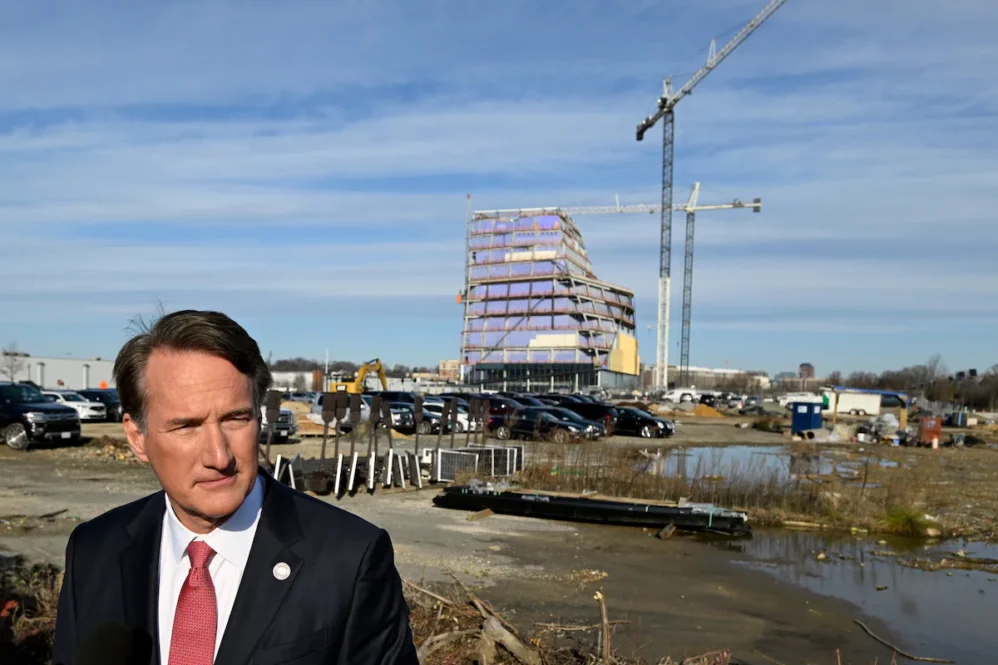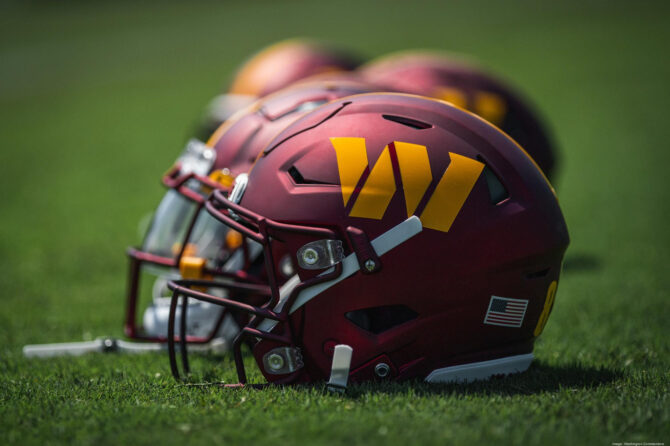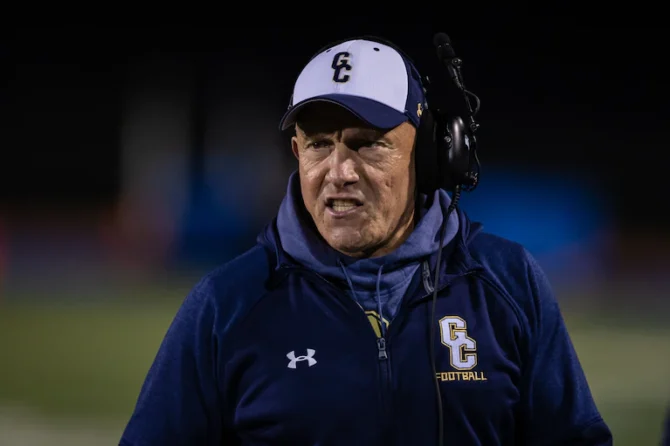WASHINGTON POST: Plans for a Northern Virginia sports arena that could move the Washington Capitals and Wizards out of downtown D.C. have drawn sharp questions from residents and elected officials from how it might affect the District’s struggling downtown to how much taxpayers might have to pay. But chief among them has been a pragmatic one: How could it change commutes to, from and near the new arena?
The $2 billion project, which was formally announced by Virginia Gov. Glenn Youngkin (R) and Monumental Sports & Entertainment owner Ted Leonsis on Wednesday, would relocate both pro sports teams to a $2 billion, 12-acre mixed-use complex just steps away from a new Metro station in Alexandria’s Potomac Yard neighborhood. Officials have hailed the project, which would be built by a public-private partnership and borrow money from Wall Street to do so, as one that could supercharge development in an underutilized corner of the D.C. suburbs. But in doing so, it would make the Wizards the only NBA team to play outside their home city and the Capitals one of the only professional men’s hockey teams to do so. That has raised worries about how sports fans across the region could get to games, particularly given that the Metro system is facing significant financial trouble.
“The traffic and the transportation is probably the biggest unknown here and we have a lot of work to do on that with the community,” said Alexandria Mayor Justin M. Wilson (D), speaking to as many as 450 people at a neighborhood meeting over Zoom on Wednesday night. “That is an absolutely critical part and it is a part that could require a lot of work.”
The arena proposal is the subject of a nonbinding agreement and must secure enough votes to make it through both the Alexandria City Council and the Virginia General Assembly. A failure to secure enough votes in either body — or a last-minute decision by Monumental to keep the teams in D.C. — would prevent the plan from being realized.
If the teams move to Virginia, many fans across the region who now can get to games in D.C. on every Metro line would need to travel longer to a station in Alexandria that is serviced only by the Blue and Yellow lines. And that’s if those lines are running at all. Metro officials this week outlined severe fiscal challenges, saying if area jurisdictions don’t inject hundreds of millions more dollars, the transit agency could face radical cuts, including ending all Metrorail service daily at 10 p.m. The transit agency blamed lower pandemic-era ridership, the end of federal pandemic subsidies, and inflation, including higher labor costs.Commuters who pass through the Potomac Yard area have worried that its two major thoroughfares — Route 1 and the George Washington Memorial Parkway — could become even more congested on game days. And residents in nearby, more suburban neighborhoods like Del Ray have worried about their neighborhoods effectively turning into an overflow parking lot.
At a meeting of the Del Ray Citizens Association, which might draw 30 or 40 people on a good night, hundreds of neighbors submitted a volley of questions to Wilson regarding their concerns — many concerned about whether the roads can take more traffic.
“If you talk about even increased development of 20,000 more people coming in, in a venue that’s 365 days a year, it’s very concerning,” Adrien Lopez said after attending Wednesday’s meeting. “Potomac Avenue was not built for that.”Lopez, who lives on the southern end of Potomac Yard, said she has engaged in conversations to organize a formal residents’ group to oppose the arena.
Other residents were concerned about how the arena would affect parking. The sports and entertainment complex would have an underground parking garage that some officials have said would have about 2,500 spots.Wilson pledged at Wednesday’s meeting to explore a zoned parking initiative that would limit street parking in neighborhoods like Del Ray to area residents only. Such a program exists for neighborhoods near Alexandria’s other Metro stations, he said.
Even before the project, there have been improvements proposed for Route 1. A state transportation study is underway that has recommended turning the road, which is mostly elevated as it runs from Alexandria to D.C. — into an “urban boulevard” with more stoplights that is at the same level as the rest of the street. The state and Alexandria would contribute a combined $150 million to $200 million in transportation improvements to support the arena, though the exact amount is being negotiated by officials and could be affected by which projects are selected. Wilson and others have said that one likely target would be bringing additional service and expanding capacity at the Potomac Yard Metro station, including a ramp that would connect it to the arena itself. Others have floated connecting the site to Amtrak or Virginia Railway Express, which both run on tracks adjacent to the complex and will benefit from a $729 million federal boost announced earlier this month.The plan would have had a “more robust” transportation component had the various parties involved been able to discuss options with neighboring Amazon, but they could not do so until the Monumental deal was publicly announced, according to two Youngkin aides who spoke Wednesday on the condition of anonymity to share confidential details of the project.
Improvements proposed for the Monumental project could dovetail with the $295 million pledged as part of efforts to bring Amazon’s new headquarters to Arlington County. The Metro station was one of the Amazon transportation improvements, but more of that money remains to be spent. (Amazon founder Jeff Bezos owns The Washington Post, and The Post’s interim CEO, Patty Stonesifer, sits on Amazon’s board.)Metro General Manager Randy Clarke said he was not involved in the process over a plan to woo Monumental but echoed Wilson’s focus on expanding capacity.
“If it all moves forward, we’re going to have to obviously do tight collaboration and coordination with the larger development,” Clarke said. “If it’s a $2 billion investment, I would like to think there will be some type of interaction with us to do that.”
The Monumental project also includes $110 million in “on-site infrastructure” including road, signal and intersection improvements funded through bonds that would be issued by a Virginia stadium authority. The authority would build the stadium, borrowing money from Wall Street that would then be paid back in part with taxes generated through the project.










